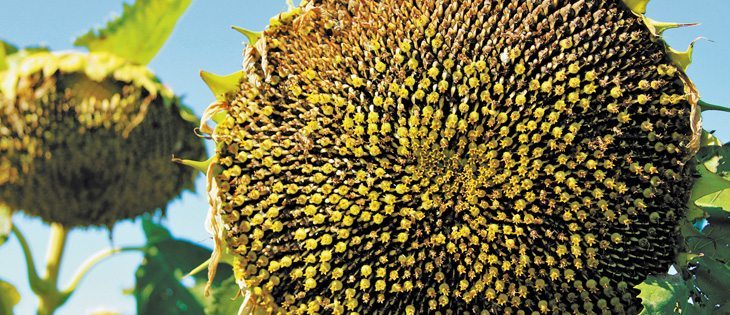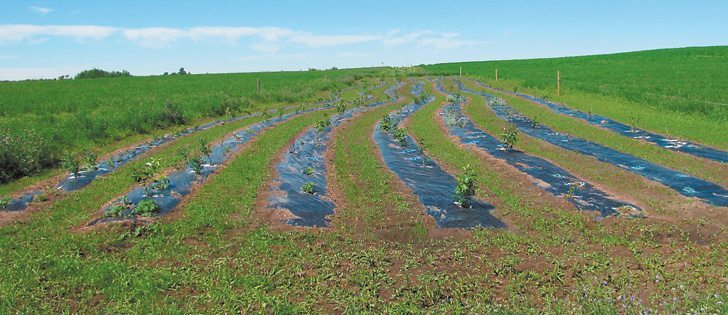Durum crops in Spain and Morocco have been hit hard by drought.
A report by the U.S. Department of Agriculture forecasts 2.3 million tonnes of wheat and durum production in Morocco in 2012-13, down from 5.8 million tonnes the previous year.
Some agriculture experts are comparing this year’s drought to the ones in 2007 and 1999-2000. If that turns out to be the case, production could be even lower than the USDA estimate.
Morocco was the top buyer of Canadian durum in 2010-11, so any shortfall in its crop is welcome news for Canadian growers.
Read Also

Organic farmers urged to make better use of trade deals
Organic growers should be singing CUSMA’s praises, according to the Canadian Chamber of Commerce.
Spain is also suffering a severe drought. Erica Olson, marketing specialist with the North Dakota Wheat Commission, said Spanish growers have already lost one-third of their durum crop.
Spain is the third largest durum producer in the European Union, which is the largest durum producing region in the world.
Bruce Burnett, director of weather and market analysis with the CWB, said the combination of poor crops in Spain and Morocco is positive news for durum markets.
“The prices are going to have to start to reflect that,” he said.
Production shortfalls often take a long time to work their way into the market, but prices will eventually rise, although Burnett doesn’t think it will be enough of a bump to make durum a favoured choice for North American farmers.
Olson said durum cash prices haven’t moved much in the United States because of a lack of trade in the commodity, but she believes the problems in Morocco and Spain will be reflected in prices by the time the new crop year begins in August.
“If (Morocco’s) own domestic crop is not looking very good, that bodes well for export potential because they’re a very large consumer of durum. It’s a very important crop for them.”
The USDA report didn’t break down production by type of wheat, but Burnett said durum generally comprises one-quarter to one-third of Morocco’s wheat plantings. He said durum may fare better than Morocco’s soft wheat because it is more drought tolerant.
However, there is no question the country will be more reliant on imports to bolster supplies. The USDA is forecasting 5.6 million tonnes of Moroccan wheat and durum imports in 2012-13, up from a forecast of 3.2 million tonnes in the current crop year. Morocco has suspended its 170 percent duty on durum imports until the end of April.
Canada is the top supplier of durum to Morocco, although its market share fell to 61 percent in 2011 from 86 percent in 2010 because of quality problems with Canada’s 2010-11 harvest.
Burnett said Spain often supplies durum to other EU countries and to the Mediterranean region, but it won’t be in the market this year. In fact, a portion of whatever durum it produces may go into the domestic feed market because of a likely shortfall in Spain’s wheat and barley crops.
Durum markets will also be influenced by North American acreage this spring.
Burnett is forecasting 4.45 million acres in Canada, up from 4.02 million acres last year. Current prices aren’t attractive, but some of the acres lost to flooding in 2011 will be back in production in 2012.
Olson anticipates 2.2 million acres of U.S. durum, which would be a huge increase from the 1.4 million acres last year but well below the long-term average of 2.55 million acres.
Burnett thinks that is a conservative number. He expects to see an average U.S. crop because of attractive crop insurance values.















